I love audio, because of its intimacy, power and reach. Voice and sound (be it music or ambient sound), the twin pillars of crafted audio storytelling, are deeply affecting and connect us through mood, emotion, empathy. Sound itself is both evocative and subjective, turning the listener into a collaborator, or co-creator, as the story unfolds. A sizzling frying pan might conjure cosy domesticity to one listener, guilt to another, who is watching his weight. Podcasting ups the intimacy of audio, partly through an individually curated listening mode (opt-in, on demand, listening alone and via headphones) and partly through the strong parasocial relationship listeners form with a host. The host can foster this by sharing small personal details and commenting on the story or topic at hand. The informality of podcast productions, complete with home settings and unfiltered expression that feels very different from traditional broadcast institutions, deepens the listener bond.
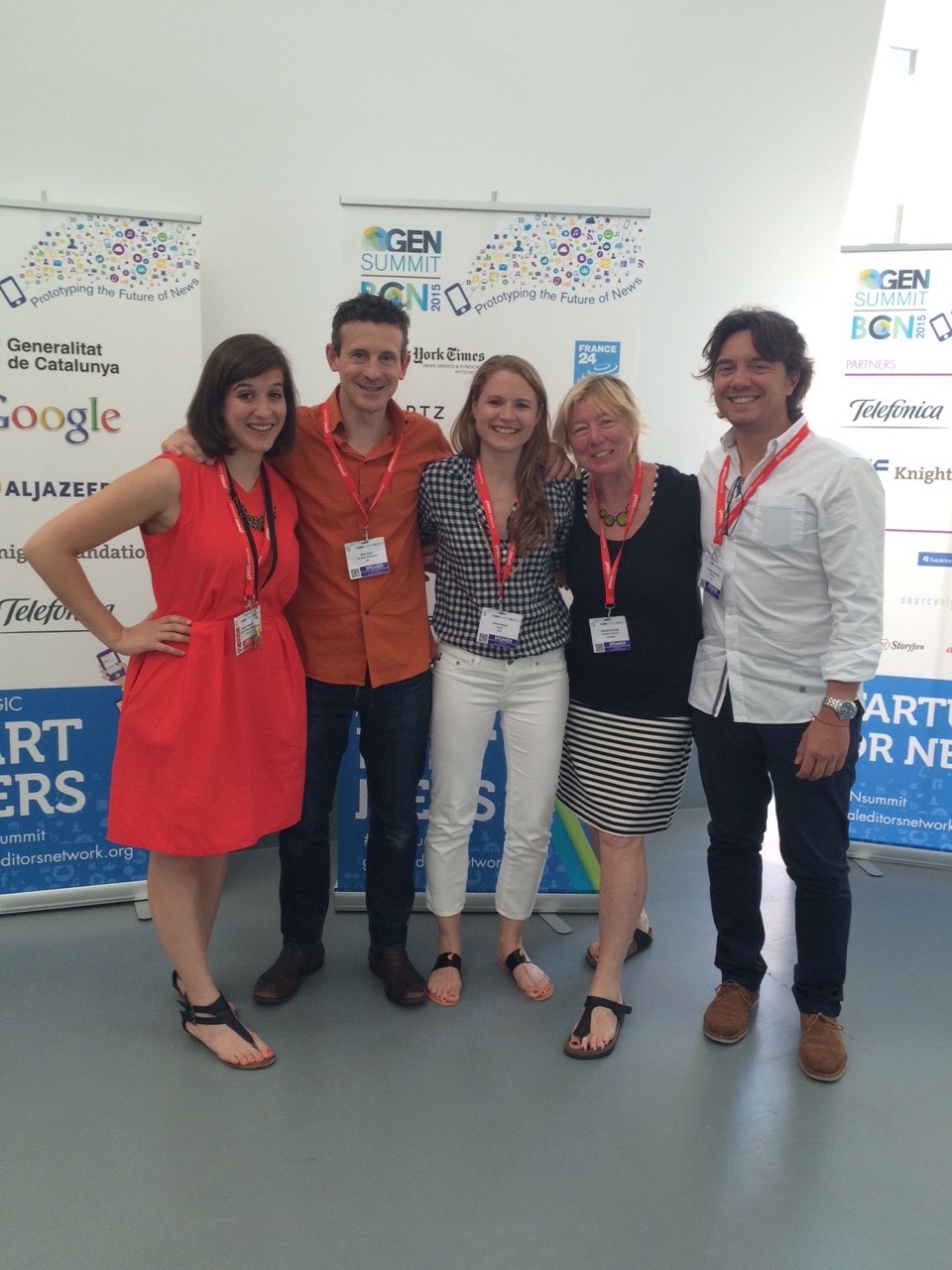
In the beginning was… SERIAL. I was lucky enough to be on a panel about podcasting with SERIAL producer Dana Chivvis (centre, pic) at the Global Editors Network media summit in Barcelona 2015, just months after SERIAL exploded onto the podcasting landscape (5 million downloads in first month; 480 MILLION for the first three series by 2018). The hunger among media professionals to understand how a humble linear medium such as audio could hook so many was palpable – and delicious. Our time had come!
The medium has since matured and I’ve been very involved in making premium narrative podcasts, serialised stories created as a limited run. I spent two years as consulting producer on a wonderfully complex podcast, The Greatest Menace. At one level, it’s queer history/true crime, an investigation of what we believe was the world’s only gay prison, established in a country town in Australia in 1957, to explore ’causes and treatments of homosexuality’: in other words, use gay men as lab rats. At another level, it’s deeply moving personal storytelling, as host Patrick Abboud, of Palestinian-Lebanese background, navigates the never-ending difficulties of being an out gay man in a homophobic Arab-Australian community. This podcast, a FREE listen on Audible, wears its rigorous research lightly, but its artistry and heft have been recognised with 15 awards.
The Greatest Menace … combined forensic reporting with personal insight to tell a story that was by turns shocking, heartwarming, funny, and gripping. It carefully excavates a dark history full of painful truths about systemic homophobia and the legacy it leaves behind, never shying away from the intricacies and unusual moments that Pat comes across along the way. The makers demonstrate an expertise in the form, and it was the sort of series that reminded us of why we love audio storytelling.
judges of the Australian International Documentary Conference 2023
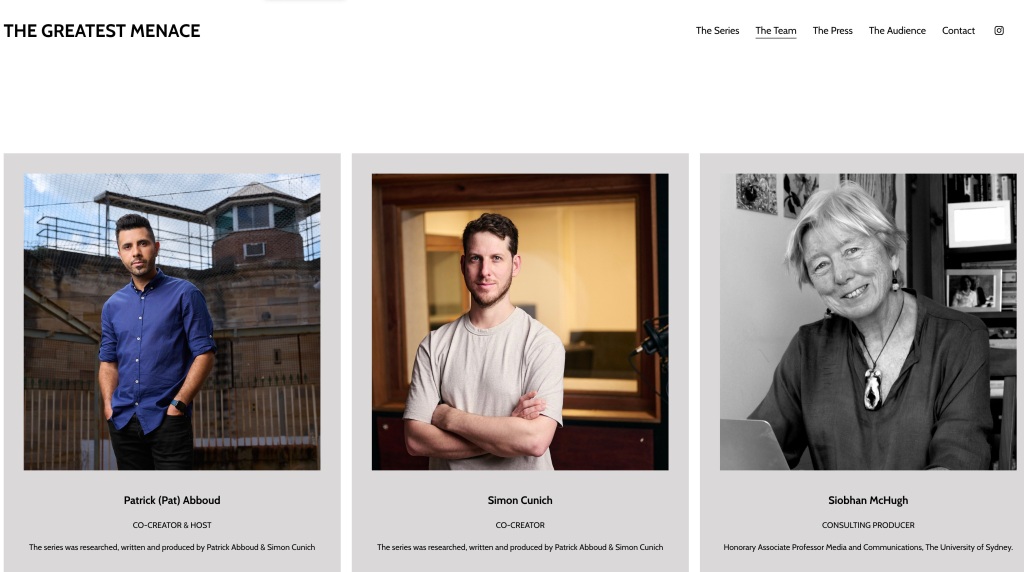
Before TGM, I worked on investigative podcasts with The Age newsroom in Melbourne, led by multi-awardwinning journalist Richard Baker: PHOEBE’S FALL, WRONG SKIN and THE LAST VOYAGE of the PONG SU. All three won gold at New York Radio Festival, along with a slew of other awards. I wrote about Podcasting as Extreme Narrative Journalism and interviewed Richard here, for the Nieman Lab Storyboard.
Words achieve special force on radio or via podcast; besides their literal meaning, there is a wealth of social, cultural and emotional content embedded in the sound: accent, tone, timbre, delivery, create a unique auditory impact. Radio and podcasts can simultaneously engage heart and mind. They’re portable: audio can accompany you around the house, out walking or in the car. And they’re democratic – radio stories and podcasts can reach even people who are not literate. New research indicates that people retain far more of what they ingest as audio, not video – because video is a passive medium, whereas audio unleashes the imagination. We make our own pictures from it and so they stay with us longer.
Another passion project that has been a long time in the making is HEART of ARTNESS. It’s a podcast and oral history collection that explores the little known crosscultural connections that lie behind the production of contemporary Aboriginal art. It’s the result of a five-year journey that started in 2015, when my collaborators Ian McLean, an art historian at University of Melbourne, and Margo Neale, art curator and Head of Indigenous Knowledges at the National Museum of Australia, headed to the remote community of Yirrkala, in Arnhem Land, NT. In the years following, I sat down with some amazing artists, art centre workers and associates in Arnhem Land, the Central Desert and Brisbane. Heart of Artness podcast has six episodes up, with more to come. We are delighted that Episode 2 won Gold in the Culture and Arts category at the New York Radio Festival in 2019.
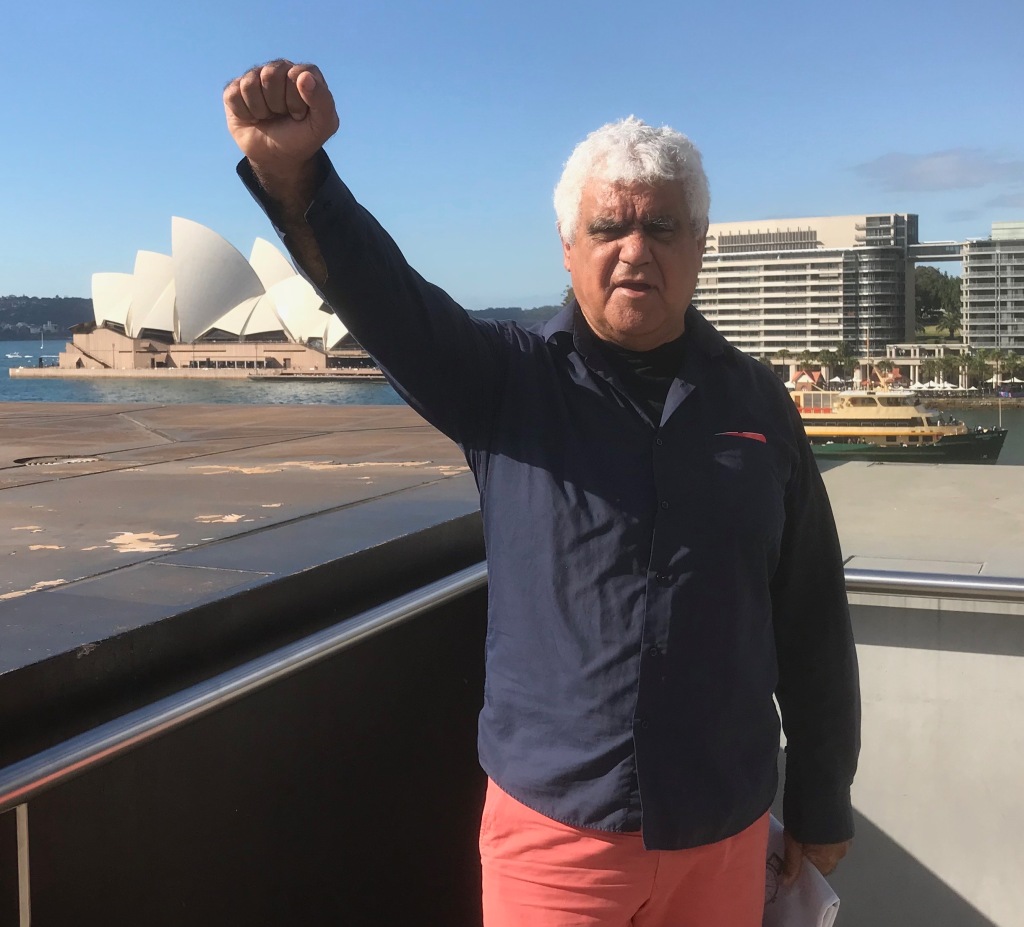
These and the older radio documentaries/podcasts below are not the worthy, boring kind memorably described by a radio colleague in the US, John Biewen, as ‘sonic brussels sprouts’!
I often use in-depth oral history interview as the basis for radio documentary. This approach combines the creative or poetic production elements of the radio feature, the editorial gravitas and balance of the documentary and the in-depth personal narratives at the heart of oral history. It aims to move, inform and inspire, and in so doing, connect past and present lives.
Scroll down to listen to my recent podcasts and earlier radio programs, also available online as podcasts.
PODCASTS I’ve worked on:
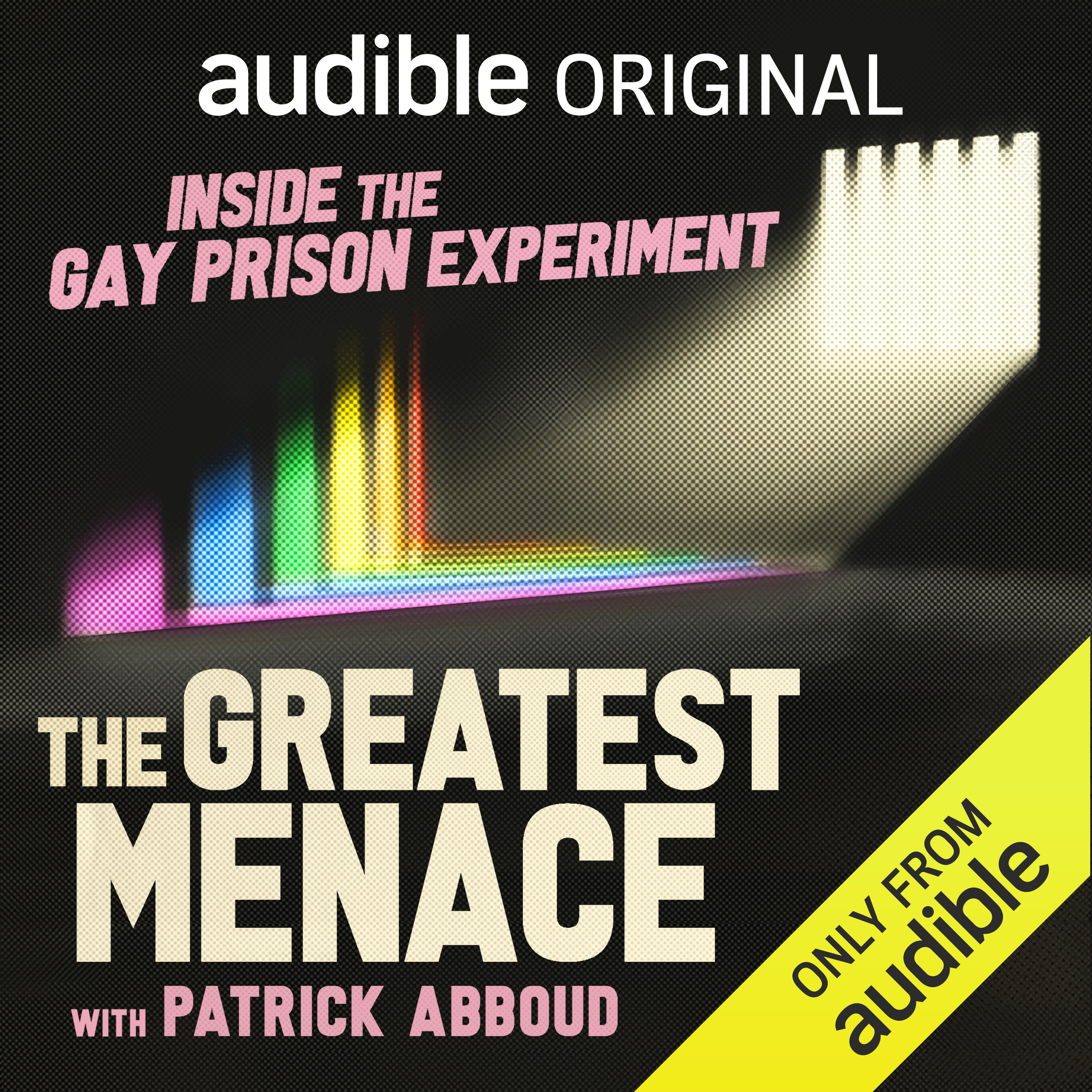
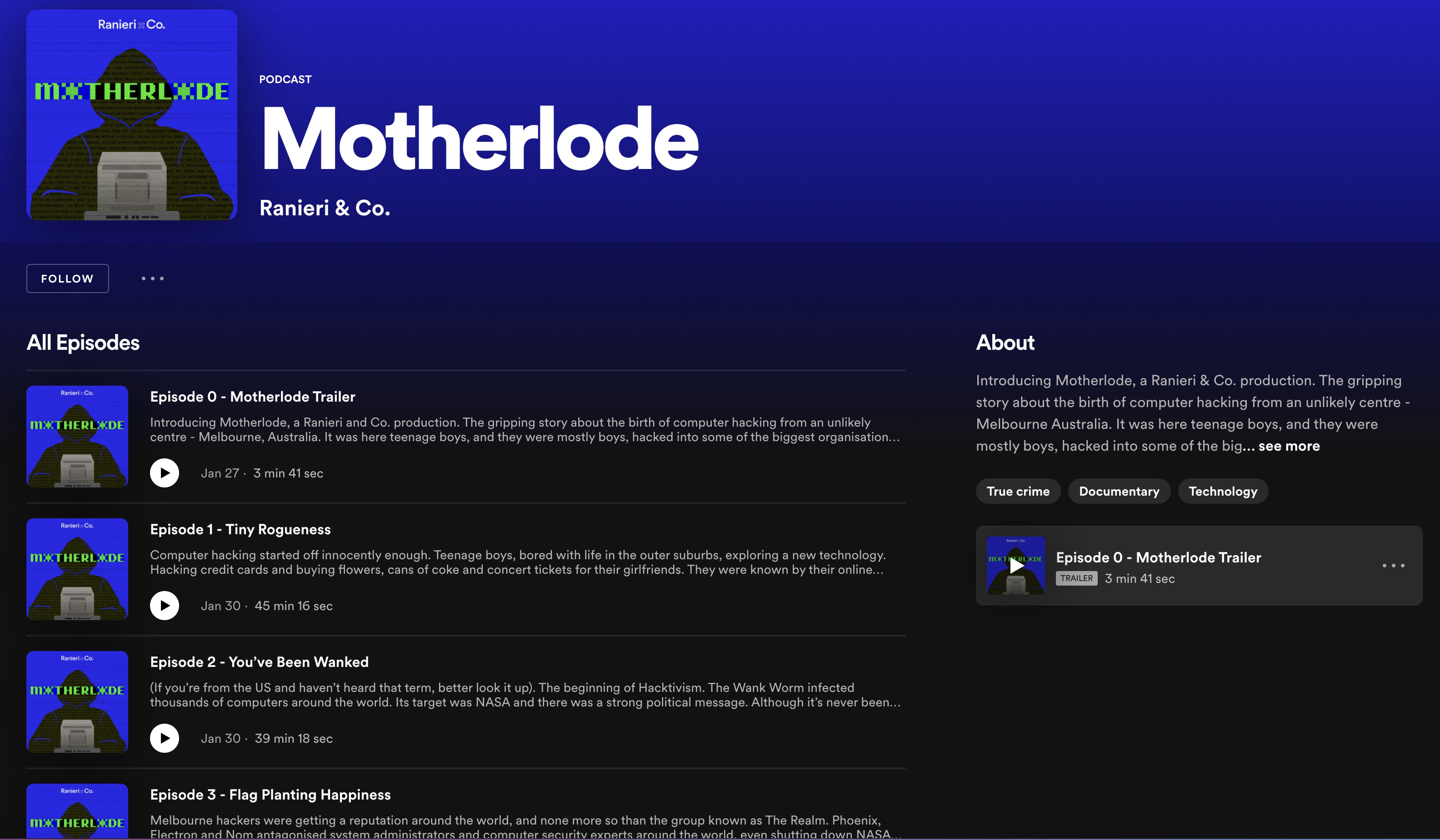
The Last Voyage of the Pong Su (2019)
My third collaboration with Richard Baker and The Age newsroom, to tell the amazing story of a North Korean cargo ship, the Pong Su, that tried to drop 150 kilos of heroin on a lonely beach in Australia. As consulting producer, my role was to advise on script, narrative structure and generally optimise storytelling-through-sound, adding what Richard calls ‘sprinkles of magic’ 🙂 Wonderful team work, with Rachael Dexter as EP, Kate Cole-Adams as narrative consultant and Tom McKendrick supervising. This turned into a riveting human story of how North Korea operates and how the Australian Federal Police surveilled the drug mules for days – and gave us the secret recordings to use!
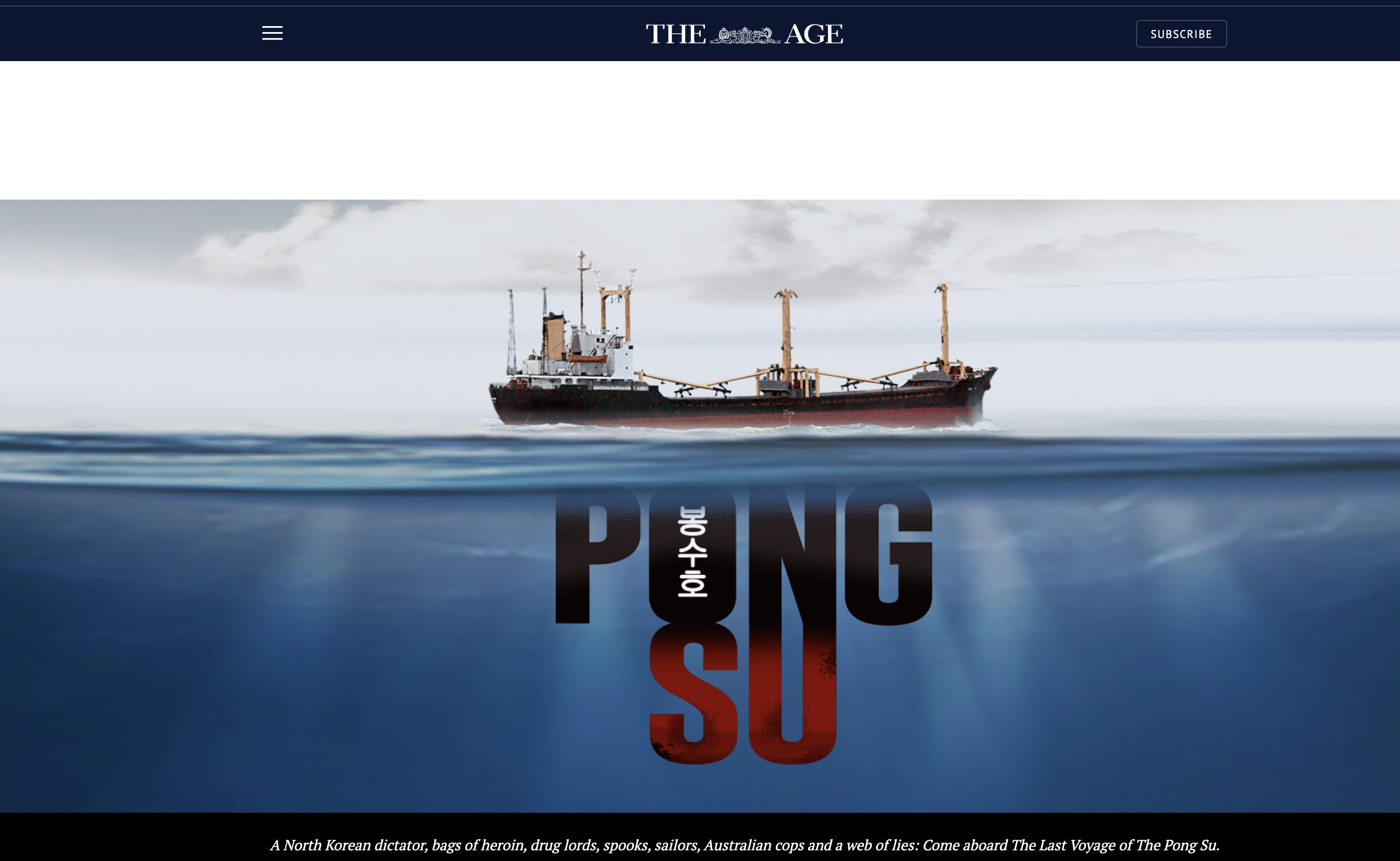
A remarkable production from the Supreme Court of Victoria – the first time, we think, that judges have revealed the inner workings of their court process and commented on everything from sentencing to juries. Hosted by Greg Muller (Wrong Skin EP) and Evan Martin with wonderful composed sig tune by Barney McAll. I was Consulting Producer. Gertie’s Law won Gold in the Education category at New York Radio Festival, was in Apple’s Picks of 2019 and was singled out by the Sydney Morning Herald as ‘a more successful version of Serial’s third season, offering the perfect mix of fly-on-the-wall soundscapes, narration and interviews.’
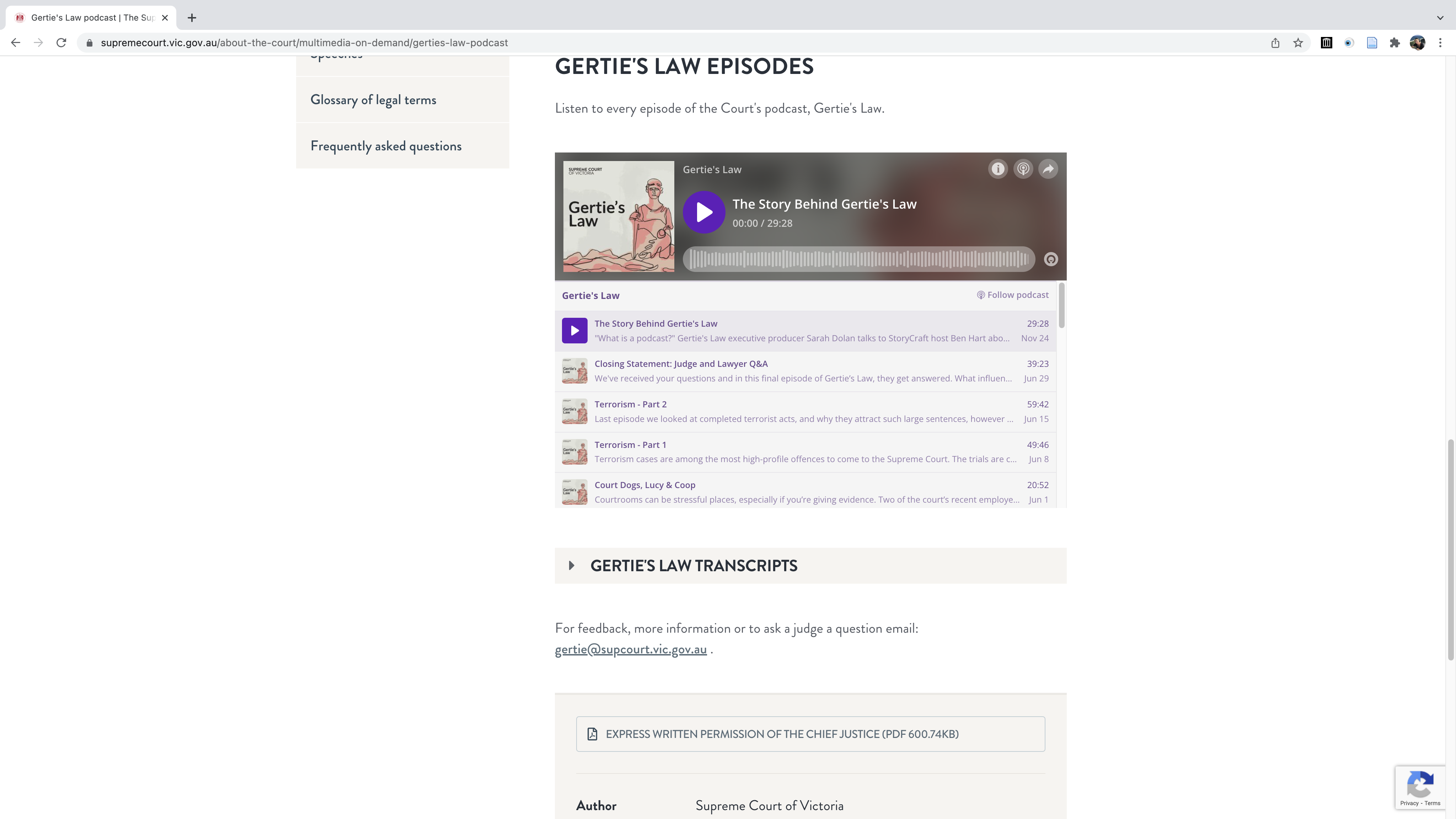
A cold case in a remote Indigenous community in Western Australia reveals a clash between traditional culture and modern love. Another collaboration with the remarkable Richard Baker and The Age.
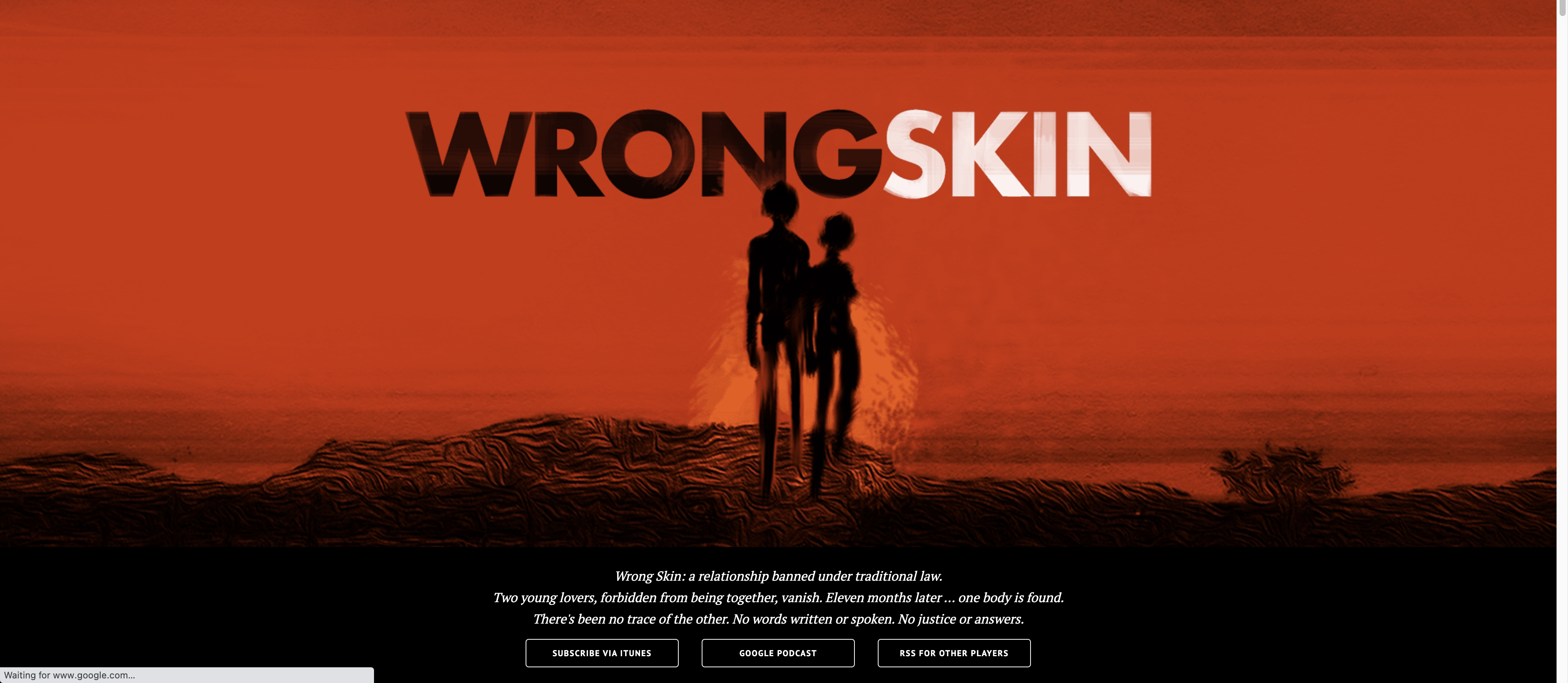
This podcast brings you rare interviews on the relationships between Aboriginal artists and the white managers and gallerists they work with, to mutual benefit, in the production of contemporary Aboriginal art. I had privileged access over three years to two remote communities, in Yirrkala, NE Arnhem Land and Yuendemu, Central Australia, and to the urban collective proppaNOW in Brisbane. The series is co-hosted with Margo Neale, Head of Indigenous Knowledges at the National Museum of Australia and is part of an ARC research project led by art historian Ian McLean. Episode 2 won gold at NY Radio Festival. More episodes due 2022!
Siobhan interviewing Warlpiri artist Alma Nungarrayi Granites at Yuendemu, 2017, for Heart of Artness. 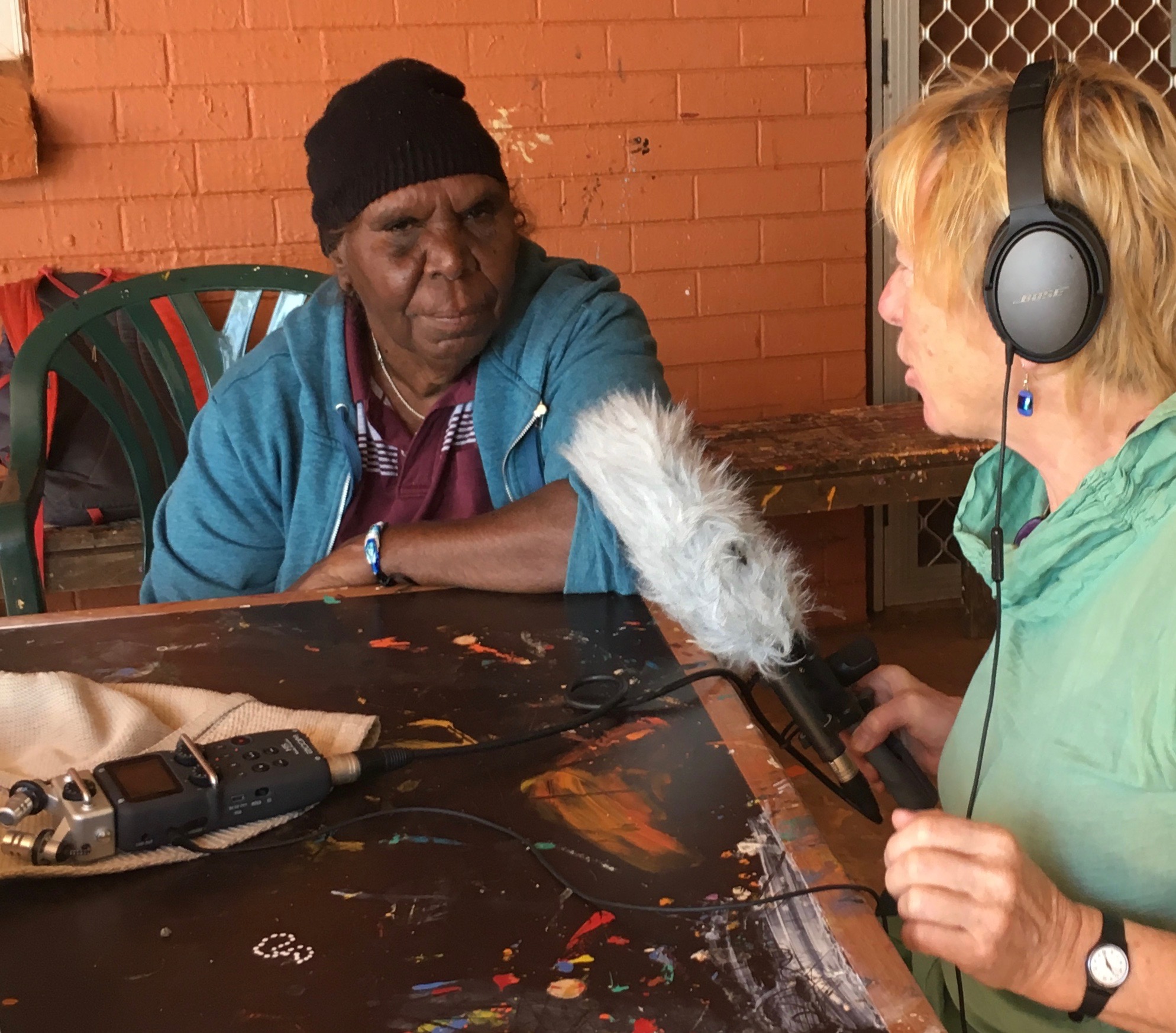
Phoebe’s Fall (2016)
I was Consulting Producer on this first narrative podcast made by The Age newsroom in Melbourne: the six episodes were hosted by investigative journalists Richard Baker and Michael Bachelard. The series explored the bizarre death in a garbage chute of 24-year-old Phoebe Handsjuk and the botched police investigation that followed. Phoebe’s Fall was cited in the Victorian parliament and triggered a review of the Coroner’s Act. The series went straight to #1 on Australian iTunes, (deposing Serial!) and stayed there for most of the run. It won three national awards (Melbourne Press Club Quill, Kennedys Outstanding Radio Current Affairs, Castaway (Australian Podcasting Awards) Best Storytelling /Documentary podcast) and one international (Gold, New York Radio Festival 2017).
My RADIO DOCUMENTARIES – A SELECTION:
EAT PRAY MOURN: Crime and Punishment in Jakarta.
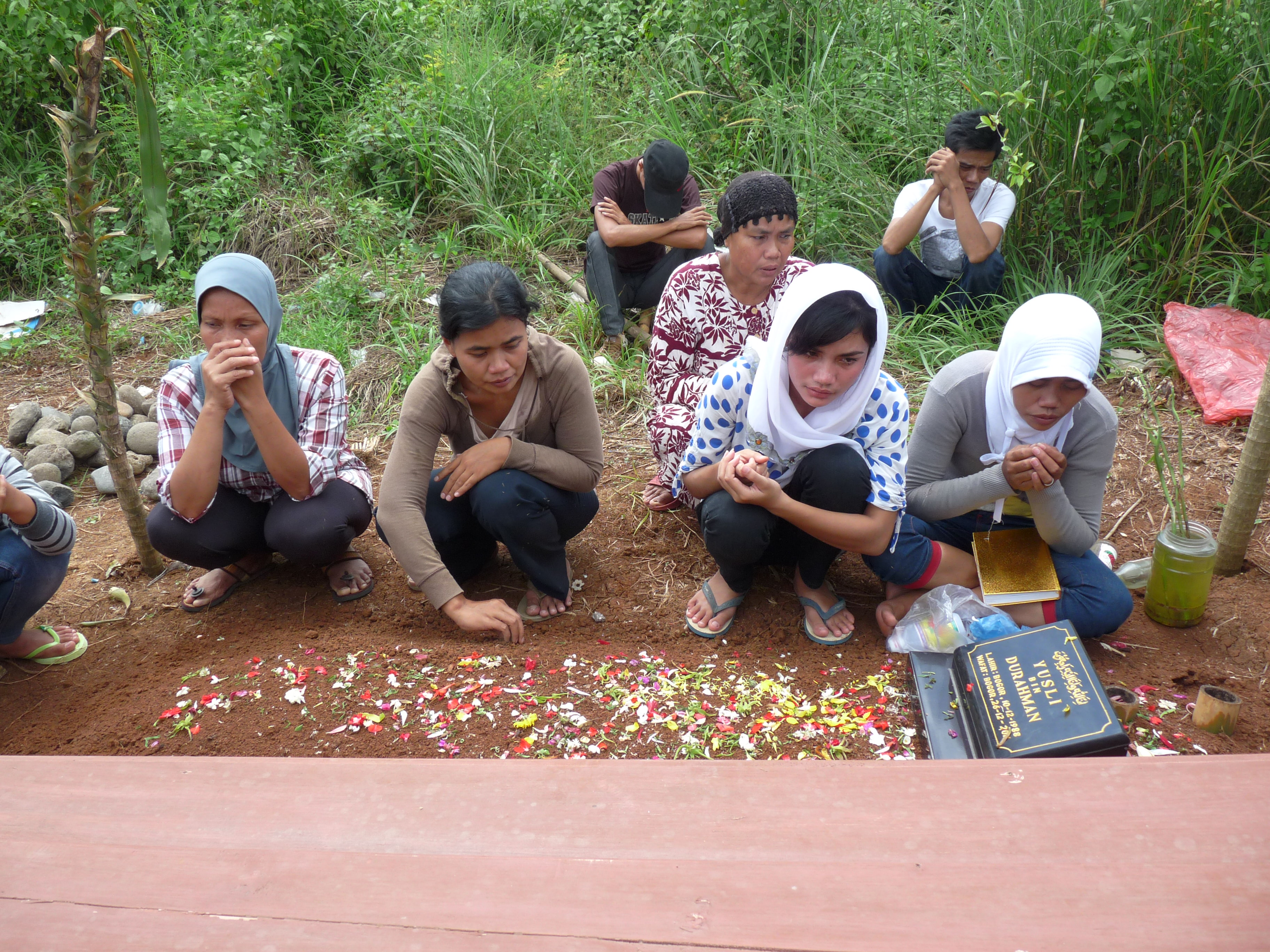
Today, in Indonesia’s new democracy, a criminal’s life is cheap. Community lynchings of undesirables are common. Meanwhile, the police execute an unofficial policy of punishing recidivists, shooting them dead or in the legs. Media reports don’t question the police’s version of events and the community is generally ambivalent towards criminals. Through the stories of three women who are mourning their beloved ‘criminals’, this program asks questions about the hidden legacy of authoritarianism and the kind of violence that’s condoned and perpetuated in Indonesia’s new democracy. Presented by anthropologist Dr Jacqui Baker and produced by radio studies academic Dr Siobhan McHugh for ABC 360 Documentaries. Dur: 50mins
Winner, Bronze award, New York Radio Festival 2014
Selected for screening at International (Radio) Features Conference, Leipzig, 2014
‘MARRYING OUT’: (2 x 53′ series)
This powerful and revealing radio series, written and produced by Siobhan McHugh with original music by Melbourne composer Thomas Fitzgerald, explores the religious bigotry and post-colonial tensions between English (Protestants) and Irish (Catholics) still prevalent in Australia only two generations ago.
Based on three years research and over fifty oral history interviews, the series explores the family feuds occasioned by Protestant/Catholic mixed marriage and the virtual social apartheid that at times resulted from systemic discrimination against the Irish Catholic underclass until the 1960s. The series also contests the use of the misleading term ‘Anglo-Celtic Australia’ to denote non-Indigenous Australia prior to the mass immigration that followed the Second World War.
Reconciliation: From Broome to Belfast
Minefields and Miniskirts
1993 ABC RADIO NATIONAL (Talking History) (6 x 30′ series)
Shortlisted, Women and Media Award
- 25 Australian women veterans of the Vietnam War – nurses, entertainers, journalists, volunteers – present a very different side of that war. This acclaimed series and associated book was the first historical account of the role played by Australian women in the Vietnam war.
Estate of Mind
ABC RADIO NATIONAL (Radio Eye) (43mins) 1999
__________________________________________________
Out of Their Feeling
Beagle Bay: Irish Nuns and Stolen Children
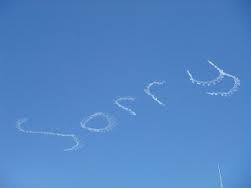
And the Music Caught Fire: The Rebirth of Irish Music
(2 x 53 mins)
THE SNOWY – THE PEOPLE BEHIND THE POWER

_________________________________________________________
Walking on Eggshells (43 mins) 1993
ABC RADIO NATIONAL (Coming Out Show)
 Broken Hill, The Seventh State (4x 30 mins) 1987
Broken Hill, The Seventh State (4x 30 mins) 1987
ABC RADIO NATIONAL (Talking History)
One hundred years of this unique and isolated NSW mining community and its diehard union tradition.
 Palm Island, A Punishment Place (2 x 30mins) 1991
Palm Island, A Punishment Place (2 x 30mins) 1991
ABC RADIO NATIONAL (Talking History)
 Water, More Precious Than Gold (4 x 60′ series) 1991
Water, More Precious Than Gold (4 x 60′ series) 1991
ABC RADIO NATIONAL (Talking History)
History of the Murrumbidgee Irrigation Area since 1912, and its Italian, Welsh Patagonian and returned soldier settlers.
 Huts to Highrise (6 x 30′ series) 1991
Huts to Highrise (6 x 30′ series) 1991
ABC RADIO NATIONAL (Talking History)

 The Irish in Australia, Past and Present (6 x 45′ series)
The Irish in Australia, Past and Present (6 x 45′ series)
ABC RADIO NATIONAL: EDUCATION
As Australia’s first and longest-lived ethnic (non-indigenous) minority, the Irish played a crucial role in shaping the character of the emerging nation. Their political and cultural influence was enormous, especially until World War Two, when other immigrant groups arrived in vast numbers. This series charts much of that impact, through interviews with diverse Irish-Australians and commentators such as historians Patrick O’Farrell and Edmund Campion and poet Vincent Buckley.
‘These programs are an important event. Everyone, from the Pope down, should listen to them’ – Barry Hill, The Age.
 ‘Strawberry Fields Forever’.
‘Strawberry Fields Forever’.
RTE Radio One, Documentary of the Week. 18x 30 mins. 1984
Social history of Ireland in the 1960s, capturing the major social, cultural and political movements of the decade, including Civil Rights in Northern Ireland, the folk music revival, the nascent women’s liberation movement and the economic revival. Presented by singer/songwriter Shay Healy and produced by Siobhan McHugh.
Winner, Jacob’s Award (equivalent of Walkley).
_________________________________________________________________
‘Moving Hearts’
RTE Radio One, Documentary of the Week. 30 mins. 1984
Documentary about this extraordinary hybrid jazz/trad group, fronted by the legendary Christy Moore, co-founder Planxty.
_________________________________________________________________
‘In a Strange Land’
RTE Radio One, Documentary of the Week. 30 mins. 1981
My first documentary – an exploration of ‘aliens’ in Ireland, as immigrants were officially known, at a time when they numbered only in the hundreds. Features a Greek mathematician who speaks Gaelic, Finnish cartoonist Arja Kajermo, a German farmer in Connemara gone native, a Nigerian student and a Muslim family, then a very rare presence in a country that was still 95% Catholic.




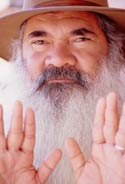
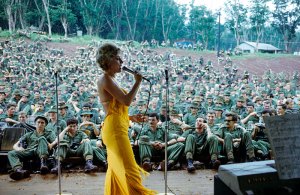
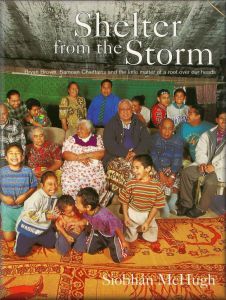
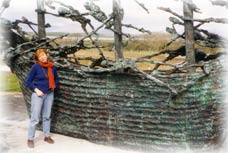
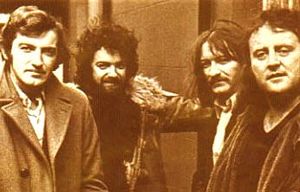
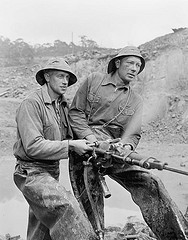
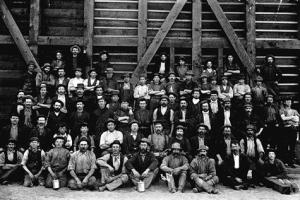
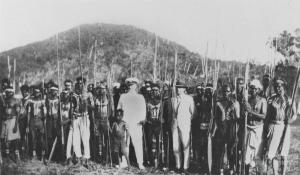

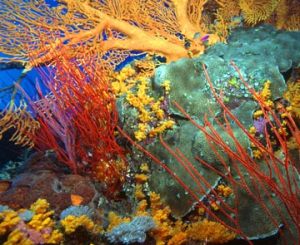
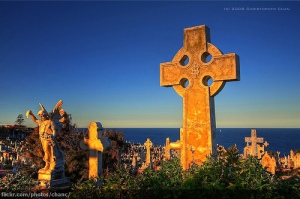
Leave a comment
Comments feed for this article